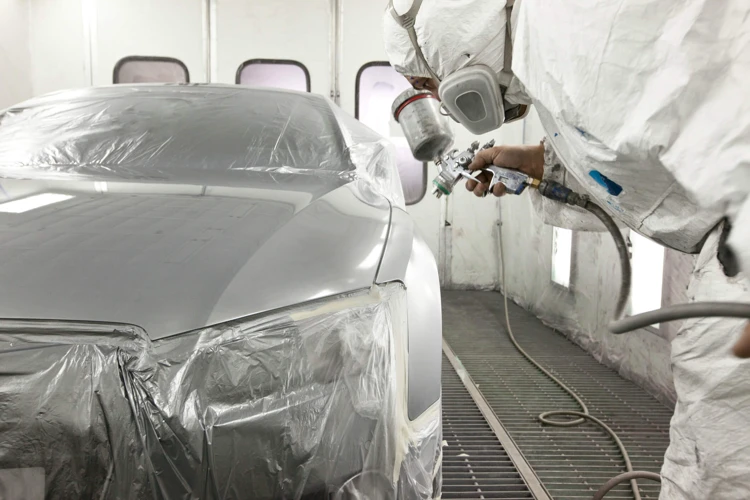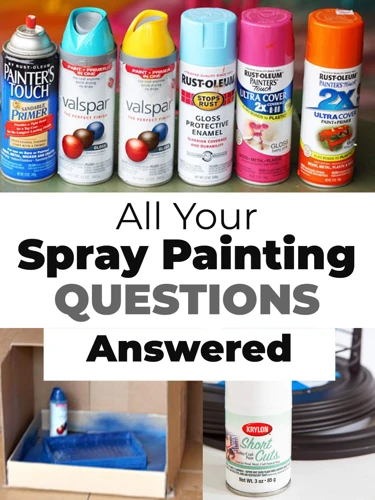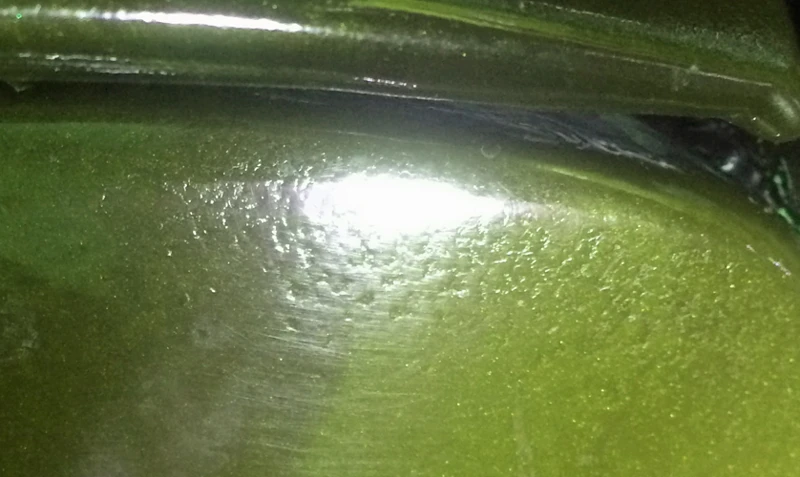Spray painting is a skill that, when mastered, can yield incredible finishes that are smooth, even, and professional. However, it’s not without its challenges. Understanding the potential spray painting problems and knowing how to troubleshoot them can make the difference between a mediocre finish and a remarkable one. Whether you’re a seasoned painter or a novice, this guide is designed to navigate you through common pitfalls and enhance your spray painting prowess.
Understanding Common Spray Painting Problems
Before diving into the intricacies of spray painting, it’s crucial to familiarize oneself with the range of issues that can arise. These can span from paint drying irregularly to the finish being marred by dust or runs. Recognizing these common paint errors early can save time and resources, ensuring a smoother project completion.
Expert Painting Advice for Beginners and Professionals
Expert painting advice is invaluable, whether you’re just starting out or have been in the trade for years. This guidance can help refine techniques, suggest better preparation methods, and offer spray paint troubleshooting strategies to overcome even the most stubborn spray paint issues.
Preparation and Technique: The Foundation of a Flawless Finish
Preparation and technique are the bedrock upon which all successful spray painting projects are built. Without proper attention to these elements, achieving a flawless finish is nearly impossible. Let’s explore how to lay this foundation effectively.
Expert Tips on Spray Paint Technique
Mastering the art of spray painting begins with the technique. Here are some spray paint technique tips to keep in mind:
- Always keep the spray gun at a consistent distance from the surface.
- Maintain a steady hand and a smooth, sweeping motion.
- Overlap each pass by about 50% for even coverage.
- Adjust the gun’s settings to match the paint’s viscosity and the project’s needs.
Professional Painting Guide to Surface Preparation
Surface preparation cannot be overstated in its importance. A professional painting guide would emphasize:
- Cleaning the surface thoroughly to remove oils, dust, and debris.
- Sanding to create a smooth, receptive surface for the paint to adhere to.
- Using a tack cloth to pick up any residual particles before painting.
Common Paint Errors and Their Solutions
Even with careful preparation and technique, errors can occur. Knowing how to address these is key to maintaining a high-quality finish.
Paint Drying Times and Atmospheric Conditions
Paint drying times can be affected by temperature, humidity, and airflow. To ensure optimal drying, work in a well-ventilated area and follow the paint manufacturer’s recommendations for atmospheric conditions. If the paint is drying too quickly or too slowly, adjusting the environment or using retarders or accelerators can help.
Importance of Following Manufacturer’s Technical Data
Each paint has its own set of characteristics and requirements. Adhering to the manufacturer’s technical data can prevent a multitude of spray paint problems. This includes following guidelines for mixing ratios, thinning, and using the correct type of thinner or hardener.
Missteps in Gun Setup and Spray Techniques
Incorrect gun setup can lead to various paint finish flaws. Ensure that the nozzle size, air pressure, and paint flow are correctly set for the material you are using. Proper technique, such as avoiding wrist flicks and maintaining a perpendicular angle to the surface, is also critical to avoid runs and sags.
Addressing Specific Spray Paint Issues
Some spray paint issues are more prevalent and require specific strategies to resolve. Let’s delve into some of these and their solutions.
Preventing and Solving Paint Adhesion Problems
Proper surface prep is the best way to prevent adhesion issues. If paint still fails to adhere, it could be due to contamination or an incompatible undercoat. Cleaning the surface again and applying a suitable primer should resolve this.
Paint Finish Flaws: Orange Peel, Runs, and Sags
Orange peel is often a result of improper gun setup or technique. Adjusting the fluid delivery and spray pattern can help. Runs and sags typically occur from applying too much paint. Correcting the gun’s distance and speed of movement should mitigate this issue.
Paint Defects: Cracking, Blushing, and Mottling
Cracking can happen when layers of paint dry at different rates. To fix, remove the cracked paint and reapply with proper drying times. Blushing, caused by moisture in the air, can be rectified by increasing air movement or using a slower-evaporating solvent. Mottling usually occurs with metallic finishes and can be prevented by consistent spray techniques and proper gun setup.
Advanced Spray Paint Problem Solving
For professionals looking to elevate their craft, understanding advanced spray paint problem solving is essential. Let’s look at some higher-level fixes.
Painting Defects Solutions for Professional Results
Professional results often require going beyond the basics. For instance, dealing with issues like paint not laying down flat or showing textural imperfections might involve the addition of flow enhancers or adjusting the paint’s reduction ratio.
How to Fix Dimpling, Cracking, and Dust Interference
Dimpling can be resolved by ensuring the surface is completely clean before painting. If cracking occurs, it may be necessary to strip the area and repaint, ensuring each layer dries adequately. Dust interference should be tackled by thoroughly cleaning the environment and using filters to maintain a dust-free atmosphere.
Spray Paint Troubleshooting: Expert Solutions
When common solutions don’t rectify your spray paint issues, it’s time to turn to expert solutions that delve deeper into troubleshooting techniques.
Techniques to Overcome Grainy Paint Finish and Paint Runs
A grainy paint finish often points to a dirty work environment or gun. To overcome this, ensure your space and equipment are immaculate. For persistent paint runs, consider practicing your technique on a test panel to perfect the speed and distance of your spray gun passes.
Strategies for Perfecting the Paint Finish
Perfecting the paint finish is about attention to detail. It involves meticulous preparation, precise gun setup, and controlled application. If a defect appears, sanding down the imperfection and reapplying paint, while time-consuming, can lead to a superior finish.
Final Touches: Achieving a Superior Paint Job
The final touches are critical in achieving a superior paint job. These concluding steps ensure the longevity and aesthetic quality of your work.
Spray Paint Technique Tips for the Final Coat
For the final coat, use light, even layers to create a smooth, durable finish. Also, consider the angle and distance of the spray gun to prevent zebra striping or uneven gloss levels.
Ensuring Proper Dry Time and Finish Quality
After the final application, ensuring proper dry time is crucial for the paint to cure correctly. Avoid rushing this stage, as a fully cured finish offers the best protection and appearance. Follow the paint manufacturer’s guidelines for curing times to achieve the highest quality finish.
Conclusion: Mastering the Art of Spray Painting
Spray painting is a complex yet rewarding skill that requires patience, practice, and knowledge. With the right approach to spray paint problem solving, you can master the techniques needed to achieve professional results.
Recap of Spray Painting Problems and Troubleshooting Steps
In this guide, we’ve explored various spray painting problems and the steps for troubleshooting them. From preparation to final touches, each stage plays a critical role in the outcome.
If you’re tackling a spray painting project and encountering issues, our collection of troubleshooting guides can help you achieve a flawless finish. For those working indoors, understanding the importance of proper ventilation is crucial; our article on common mistakes when ventilating a painting workspace is a great resource. If epoxy paint is your medium of choice, you’ll want to avoid typical pitfalls outlined in our discussion of common epoxy paint mistakes. And for the creative spirits interested in furniture transformation, our beginner’s guide to distressing furniture with chalk paint offers step-by-step instructions for a charming aged look.
Encouragement to Continue Learning and Practice
Continuous learning and practice are the keys to success in spray painting. Whether you’re dealing with painting defects solutions or refining your spray paint technique tips, there’s always room for improvement. Stay curious, keep experimenting, and take each challenge as an opportunity to grow your expertise.


